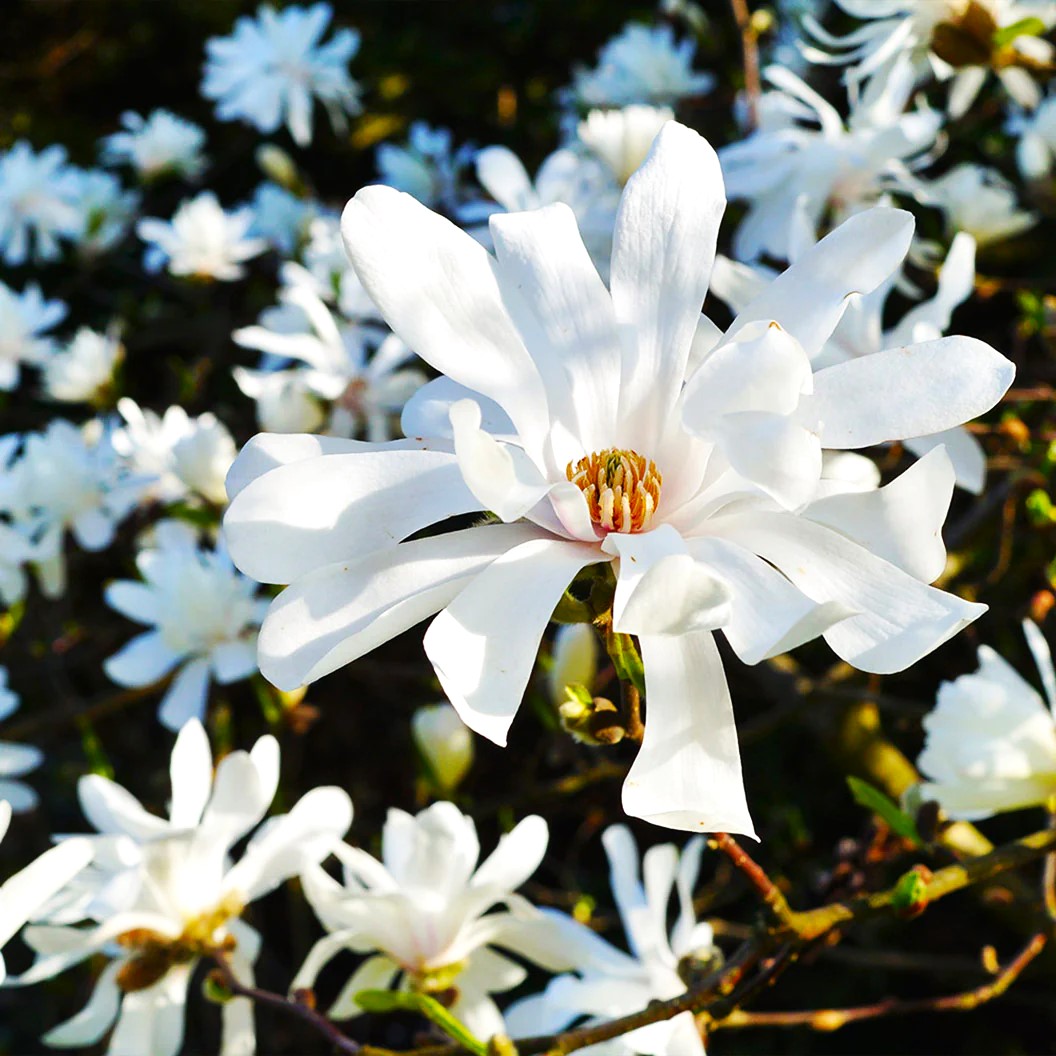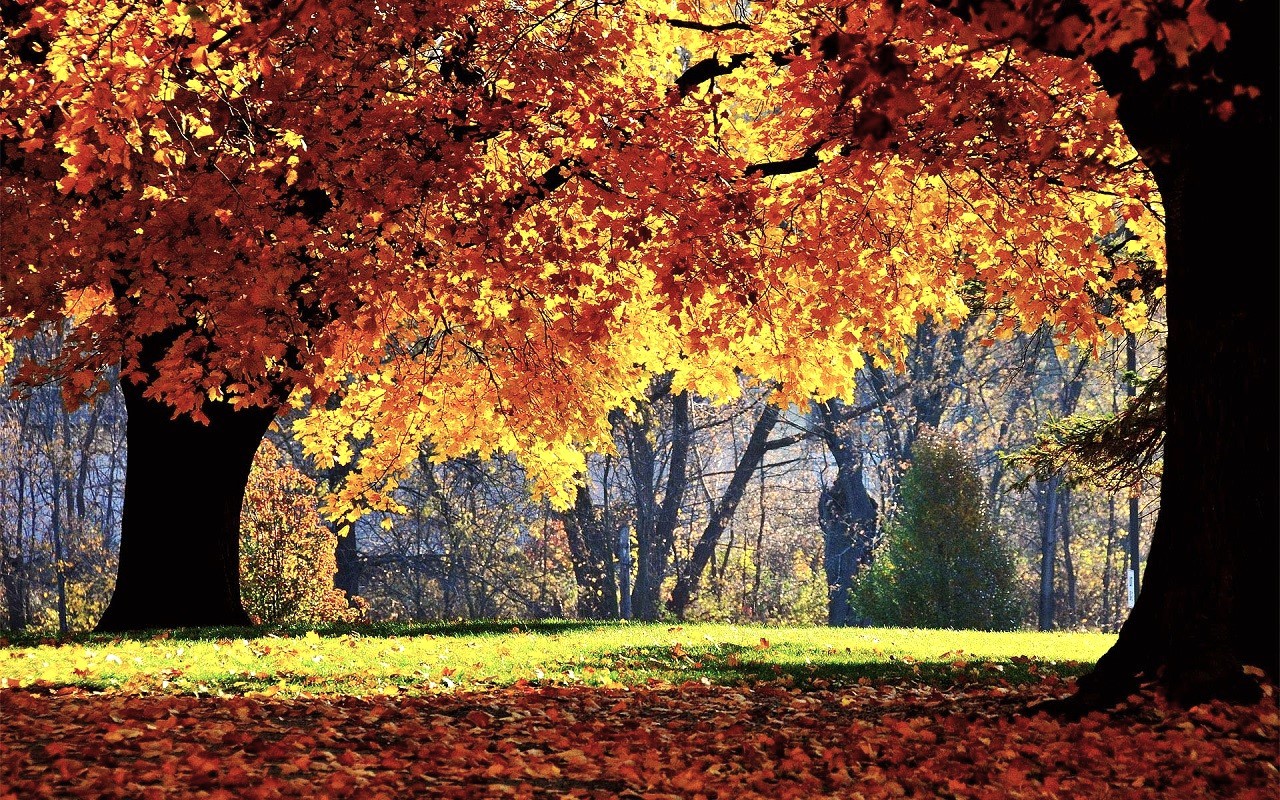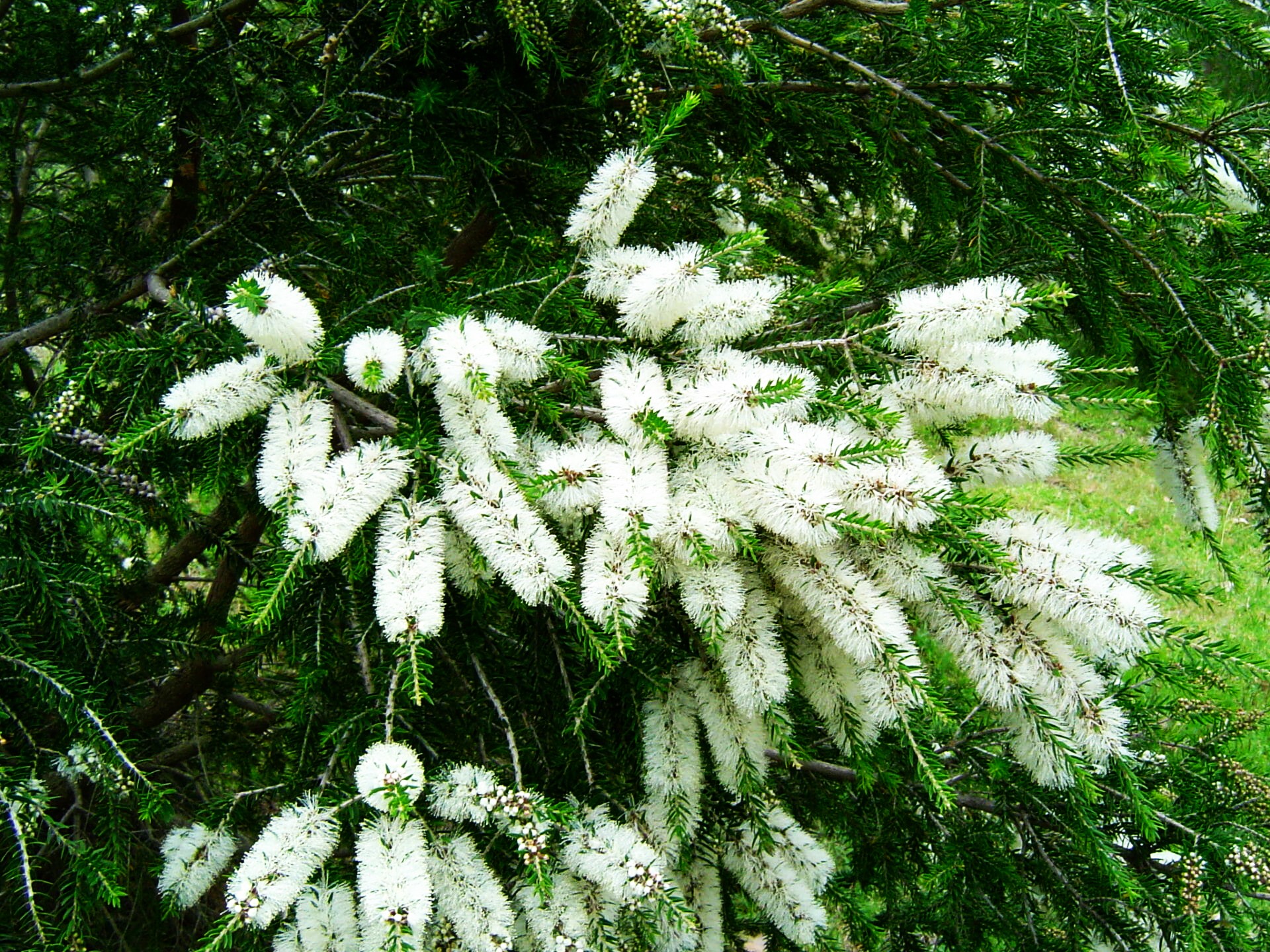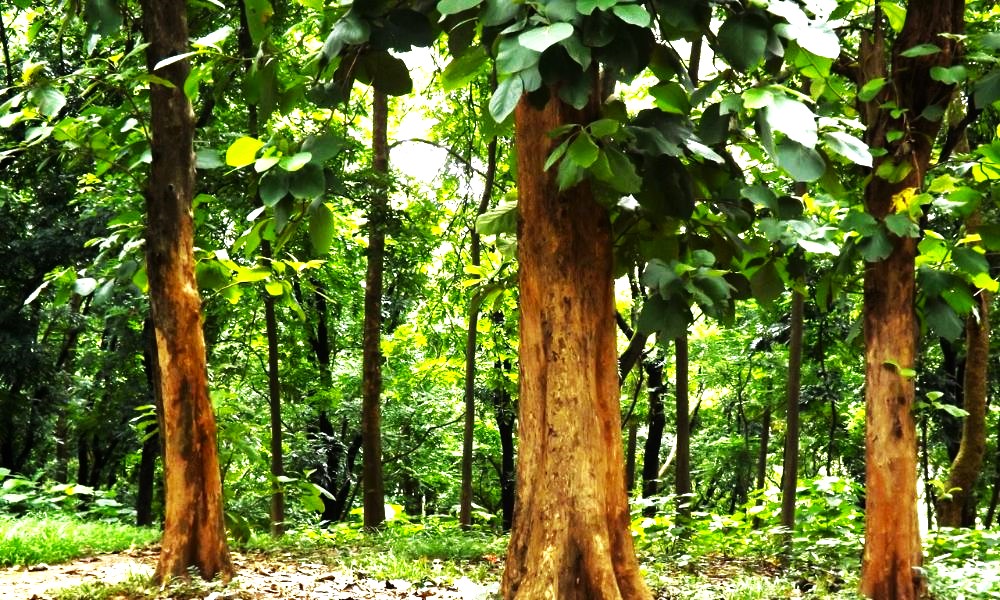Willow Tree Bark Is Falling Off, Why İs The Bark Coming Off My Willow Tree: How To Treat Peeling Willow Bark?
How Do You Treat Peeling Bark On Trees?
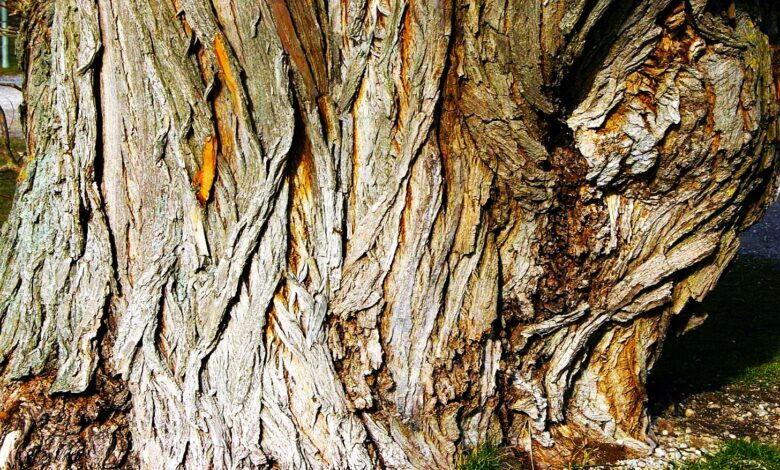
Willow trees (Salix spp.) are graceful, ornamental trees that grow quickly and add beauty to large backyards. Willows typically grow by lakes, rivers, or other bodies of water in the wild. Willows are not diseased trees, but they can experience problems from certain diseases and pest infestations. You might need to take action if the bark on your willow tree is falling off.
Typical Willow Tree Issues
Willows are incredibly adaptable trees that can flourish in nearly any type of soil provided they receive enough sunlight. They thrive in locations that receive full sun. Nevertheless, the tree is susceptible to a number of illnesses and pests, some of which can lead to the peeling of willow tree bark. Peeling bark on willow trees is not a symptom of some of the most serious issues with willow trees<. These include willow leaf beetles, bagworms, and caterpillars of the gypsy moth, which will defoliate the tree.
The following are the worst willow diseases:
- Crown gall, the source of dieback and stunting
- Olive green spore masses appear on the underside of leaves due to willow scab.
- The dark brown spots on the leaves of the tree are caused by black canker.
If the bark on your willow tree is falling off, these are not the problems with your tree.
Causes of Willow Bark Peeling
It is possible for insects to cause willow bark to peel. The peeling of bark on your willow tree may indicate the presence of borer insects. Borers of willows and poplars can both burrow through the inner layer of the bark. Peeling bark on willows results from this. If you notice any diseased branches on your willow tree, your best option is to trim them off. After that, you can use permethrin spray to kill borers on the willow tree. Excessive sun exposure is another potential cause of peeling bark on willow trees. In the winter, when the sun reflects off the bright snow, willows are most susceptible to sunscald.
The heat from the sun activates the tree cells by heating the bark of the tree. The cells burst and freeze as soon as the temperature drops. Sunscald may be the cause if you notice yellow or red patches on the trunk of your willows. With time, those areas may also peel and crack. The sunscald will heal the tree, but you can save your willows by taking action in the lead-up to winter. To avoid sunscald, paint the trunks in early winter with diluted white paint.

